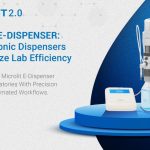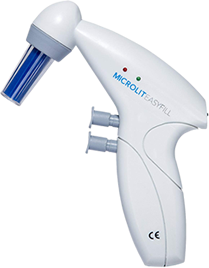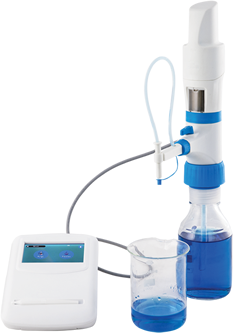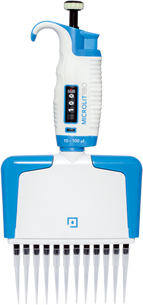There are different types of pipette tips available in the market as per use, size and its applications:
- Filter and Non-filter Tips: Filter tips feature a non-self-sealing PE filter that is free of chemical additives and allows easy uncontaminated sample retrieval when the filter is wet where non-filter devices are used mostly in laboratory experiments where sterility is not an important criterion.
- By Packing: Racked, Bulk, Reloads and Individually Wrapped Tips
- Low Retention Tips: Low retention tips, also called low binding tips, are pipette tips that have been modified to reduce the adhesion of DNA, enzymes, proteins, cells, as well as other sticky materials to the tip surface.
- Sterile Tips: Sterile tips are gamma-irradiated, free of biological contaminants, such as RNase/DNase, human DNA and pyrogens. They find application in highly sensitive assays, which require a high degree of sterility.
- By Dimension:
Macro Tips: Macro Tips are capable of handling reagents in volumes ranging from 5 ml to 10 ml.
Micro tips: Micro-tips are used to transfer relatively small liquid volumes, mostly in the range of 0.5 µL to 1,250 µl.
Ultra-Micro tips: Ultra Micro pipette tips are used to transfer very small liquid volumes ranging 0.5µL -20 µL size.
- Wide Orifice Tips: These pipettes are designed with a large aperture. This characteristic is particularly useful for eliminating cell shearing and flow resistance.
- Short and Extended Length Tips: Short tips are used to fill small wells, for instance, while pipetting in a 384 or 1,536 well-plate where Extended Length Tips offer significant contamination control as they enable you to reach to the bottom of the vessel, thereby reducing contact of the container with the pipette shaft.
- Beveled Tips: A beveled orifice prevents adherence to the tip of the sample, and makes it easy to pipette every drop of sample completely. In the process of loading the gel, the beveled tip is useful in preventing accidental damage to the gel.
- Round and Flat Tips: Flat tips are mainly used for loading acrylamide and agarose gels in the process of gel electrophoresis, while round tips are better suited for loading SDS-PAGE and agarose gels.
- By Special Application:
Tips with Gel Loading: These tips are used for polyacrylamide gels.
Tips for Blood Sampling: Blood and plasma contain proteins that run the risk of wetting the surface of the pipette tip, causing foaming. This makes the process of piping very time-consuming and can cause contamination, especially in care diagnostic applications. Therefore, for such purposes, a wide orifice tip is usually used.
Postive Displacement Pipette tips: These pipette tips are recommended to handle viscous, volatile, corrosive, dense, radioactive and extremely hot/cold kind of samples.
Repeater Pipette tips: Repeater pipettes enable the user to easily perform a number of repetitive dispensing cycles.
- Robotic Pipette Tips: Robotic pipette tips can be implemented with automated liquid handling workstations. Some tips can be designed for specific robotic systems and robotic tips are controlled under tighter tolerances than handheld pipettes.





 9032
9032











